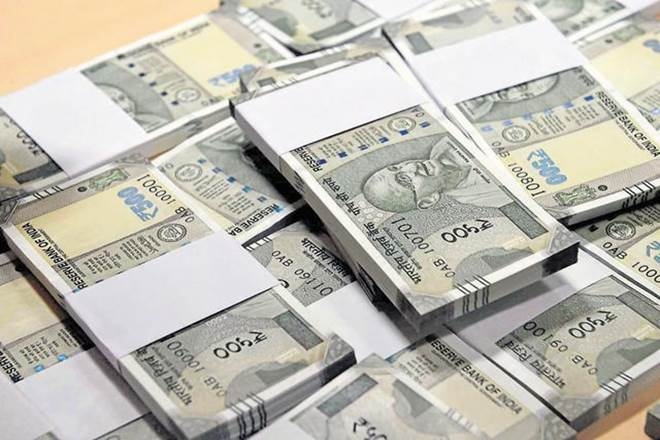
Govt raises market borrowing programme by over 50% to ₹12 lakh cr
Hard-pressed for funds to combat the coronavirus infection, the central government on Friday (May 8) increased its market borrowing programme for the current financial year by more than 50 per cent to ₹12 lakh crore, a development that will have severe implications for the fiscal deficit.

Hard-pressed for funds to combat the coronavirus infection, the central government on Friday (May 8) increased its market borrowing programme for the current financial year by more than 50 per cent to ₹12 lakh crore, a development that will have severe implications for the fiscal deficit.
Finance Minister Nirmala Sitharaman in Budget 2020-21 had pegged the gross market borrowing, which is a reflection of fiscal deficit, in the current financial year at ₹7.80 lakh crore, up from ₹7.1 lakh crore in 2019-20.
However, in view of the impact of lockdown on tax collection and need to garner additional resources to fight the menace of coronavirus, the government on Friday decided to substantially increase the market borrowing programme for the current fiscal by about 54 per cent or ₹4.2 lakh crore to ₹12 lakh crore.
“The estimated gross market borrowing in the financial year 2020-21 will be ₹12 lakh crore in place of ₹7.80 lakh crore as per BE 2020-21. The above revision in borrowings has been necessitated on account of the COVID-19 pandemic,” the Finance Ministry said in a statement.
Of the total, the government would raise ₹6.98 lakh crore from the dated securities in the first half of the current fiscal. This is 58 per cent of the total borrowing target.
The government raises funds from the market to fund its fiscal deficit through dated securities and treasury bills.
The Budget has pegged fiscal deficit at 3.5 per cent for the next fiscal, down from 3.8 per cent of the GDP in the current financial year.
It would be difficult to quantify an increase in fiscal deficit due to hike in borrowing as the government assessment about economic growth and an anticipated shortfall in revenue collection are not known yet.
The government has also raised weekly auction of dated securities to ₹30,000 crore as against the earlier decision of ₹19,000-21,000 crore.
All the auctions covered by the calendar will have the facility of non-competitive bidding scheme under which 5 per cent of the notified amount will be reserved for the specified retail investors, the statement said.
“Like in the past, the RBI in consultation with the Government, will continue to have the flexibility to bring about modifications in the calendar in terms of notified amount, maturities, etc. and to issue different types of instruments, including Floating Rate Bonds (FRBs), including CPI linked inflation linked bonds, depending upon the requirement of the Union government, evolving market conditions and other relevant factors,” the central bank said in a statement.
The RBI reserves the right to exercise the green-shoe option to retain additional subscription up to ₹2,000 crore each against any one or more of the above security, which will be indicated in the auction notification.
However, it said the exercise of the green-shoe option within one or more securities in an auction shall be within the overall notified amount for the auction.
Commenting on the development, ICRA Principal Economist Aditi Nayar said the upward revision in the borrowings for FY2021, although sharp, was inevitable given the estimated extent of revenue loss following the lockdowns related to the Covid-19 pandemic.
“Higher borrowings are likely to push up yields, unless OMOs or other instruments are deployed by the RBI to absorb a part of the higher issuance, and crowd out borrowings by state governments and corporates. However, less pressure on expenditure compression to offset the expected revenue shortfall, would allow economic activity to display some semblance of recovery in the latter part of this fiscal year,” she said.
Last fiscal the government had to resort to the escape clause in the Fiscal Responsibility and Budget Management (FRBM) Act for deviating from fiscal deficit target to 3.8 per cent from the Budget estimate of 3.3 per cent for 2019-20.
The escape clause allows the government to breach its fiscal deficit target by 0.5 percentage points at times of severe stress in the economy, including periods of structural change and those when growth falls sharply.
Last month, the Finance Ministry had decided to increase borrowing through short term government papers of up to one year by ₹2 lakh crore.
As per the earlier plan, the government was to borrow ₹3 lakh crore from treasury bills over 12 weeks with weekly auction of ₹25,000 crore each. Thus, the total borrowing through treasury will go up to ₹5 lakh crore from ₹3 lakh crore decided earlier.

